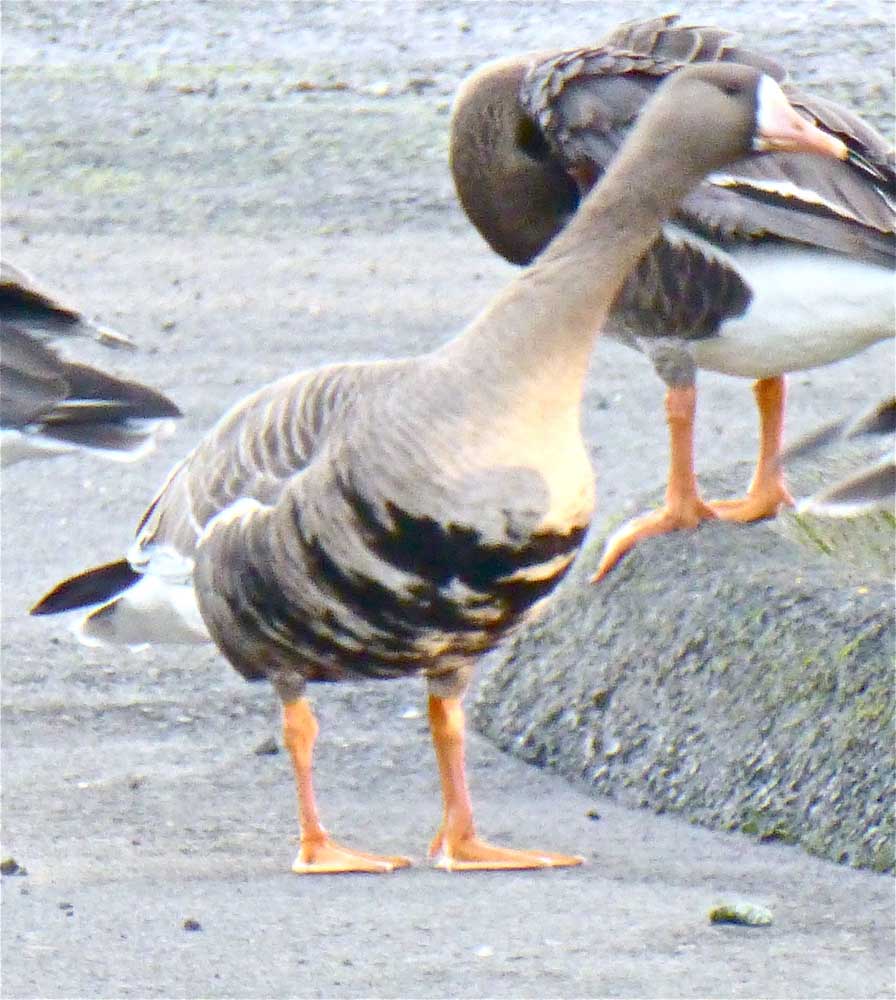Migrating birds travel relatively short — or quite long distances
Published 8:00 pm Thursday, October 9, 2014

- Greater white-fronted goose in Cannon Beach. They travel over 2,000 miles each migration.
Bird migration has fascinated the human race for centuries. How can a bird manage such long flights? But, wait, some of them don’t!
Trending
It is thought that birds migrate when the food or nesting area decreases in their habitat. As they take to the airways, experts have created three categories for birds that migrate — short, medium and long distance migrants.
Our local hooded mergansers are considered short distance migrants. They often nest in freshwater wetlands and ponds in the forests of the Coast Range and come out to the brackish water of the estuaries for the winter, sometimes traveling only a couple of miles. That’s pretty short!
Medium distance migrants travel a little farther. From Oregon, we would consider a bird, like the cedar waxwing a medium distant migrant as it generally goes to California in the winter, where it finds more food. Our beloved tufted puffin is in this category, too. They nest on Haystack Rock and then fly 200 miles offshore to spend the winter, floating, fishing and flying around in the Pacific Ocean. Surely the warmer winter water temperatures on our shore push the preferred fish into colder water offshore.
Trending
I saw my first greater white-fronted goose of the season today. It is an example of a long distance migrant, actually having one of the longest migrations among geese. They nest in the tundra of Northern Canada and Alaska then spend the winter months with us in fields and wetlands, like the Cannon Beach city park at North Spruce Street and East Second streets. They might be there already!
After spending many pleasurable hours with her avid birder parents, Susan has taken up birding as a passion, to the mixed emotions of her husband, Scott. The Boacs reside on Neawanna Creek in Seaside where their backyard is a birder’s paradise.









